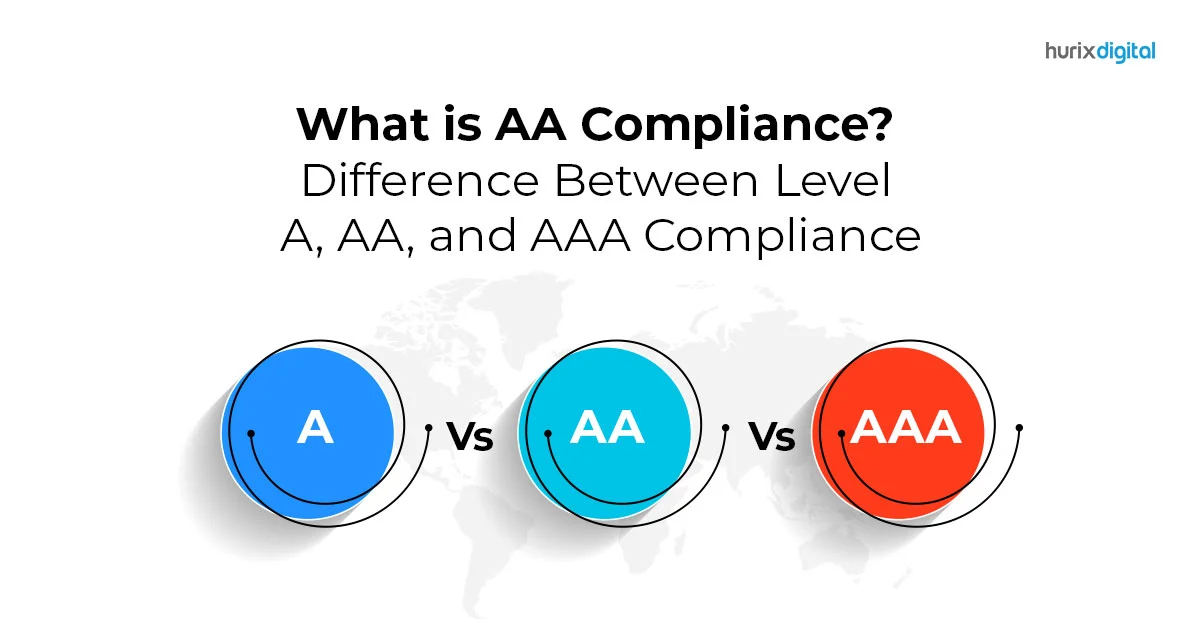
The Australia Disability Discrimination Act: Redefining How We View Disability
Summary
Understand the implications of the Australia Disability Discrimination Act, including how it redefines disability and its impact on accessibility and inclusion.
Every individual has the right to access and participate in all aspects of life, like employment, education, healthcare, recreation, transportation, and more. Globally, approximately 1.3 billion people are experiencing some form of disability, which also leads to other conditions like severe depression, asthma, obesity, diabetes, etc. Social stigma and disability-induced discrimination can further compromise the rights and dignity of people with disabilities.
This makes it extremely important for all countries to adopt robust inclusivity and equality laws. Australia’s Disability Discrimination Act 1992 is a perfect example of one such powerful legislative law, which is redefining how we perceive disability.
The disability discrimination act 1992 Australia brought a paradigmatic shift in the preconceived notions surrounding disability. In this article, we will review the Australian disability discrimination act (DDA) in-depth and understand how it reshapes the narrative of disability.
Table of Contents:
- Background of the Act
- Objectives of the Act
- Coverage of Disability Discrimination Act 1992
- States and Territories
- The Complaint Process
- The Impact of the DDA Act
- Wrapping Up
Background of the Act
The Disability Discrimination Act was passed by the Australian parliament in 1992 to protect people with disabilities and guarantee them equal access to all opportunities, services, and resources. It was introduced by Brian Howe, then Deputy Prime Minister of Australia and deputy leader of the Labor Party. It was read for the first time on 26 May 1992 and for the second time on 19 August 1992 with minor changes and feedback.
However, it is important to note that the Australia Disability Discrimination Act 1992 should not be confused with the Disability Discrimination Act 1995 or the Disability Discrimination Act 2005 of the United Kingdom. These two acts were passed by the Parliament of the United Kingdom and replaced with the Equity Act of 2010.
Objectives of the Act
The primary objective of the Australian Discrimination Act is to eliminate discrimination against people with disabilities, in line with the core purpose of disability discrimination act 1992. The act rightly recognizes that access to fundamental rights for all individuals should be equal and fair. Consequently, the act considers both direct and indirect discrimination based on disability.
Apart from the discrimination against disability act, Australia has three more anti-discrimination acts passed by the legislation, namely, the Age Discrimination Act of 2004, the Racial Discrimination Act of 1975, and the Sex Discrimination Act of 1984.
Coverage of the Disability Discrimination Act 1992
The act is implemented in various sectors of life to ensure individuals with disabilities have access to an inclusive public life. If the guidelines of the act are not being met satisfactorily, any individual or organization can file a complaint with the Australian Human Rights Commission.
The standards of the Disability Discrimination Act of 1992 are:
- Disability Standards for Accessible Public Transport 2002
- Disability (Access to Premises – Buildings) Standards 2010
- Disability Standards for Education 2005
States and Territories
Almost all states and territories have implemented the Disability Discrimination Act of 1992. While filing a complaint, it is recommended to complain about the relevant state. The states and territories covered under the disability equality act are:
- Australian Capital Territory
- New South Wales
- Northern Territory
- Queensland
- South Australia
- Tasmania
- Victoria
- Western Australia
The Complaint Process
Making a complaint under the DDA Act is a simple and free process. You can file a complaint from anywhere you live in Australia. Mentioned here are some steps you can follow while filing an official complaint.
- You can call the commission’s national information service directly by dialing 1300 656 419.
- You can email them at infoservice@humanrights.gov.au.
- You can also submit an online form at humanrights.gov.au/complaints/make-complaint. If you do not want to submit the form online, you can print it, fill it out, and send it to the official postal address. The address is GPO Box 5218, Sydney NSW 2001.
Once the complaint has been officially submitted, it will be reviewed, and you will soon be contacted. You can provide them with all the necessary information for the investigation to move forward. You will be constantly updated regarding the status of the investigation and the outcome.
Depending on the result of the investigation and the severity of the complaint, the conciliation can vary between the following options:
- A formal apology
- Reinstatement of a job
- Monetary compensation
- Change in the policy
Also Read: Accessibility Laws around the world: A Comprehensive Overview
The Impact of the DDA Act
The strategically designed approach to eliminate discrimination in the DDA Act has been very impactful. The 2009 amendments further strengthened the legislative act, fostering greater inclusivity and awareness. The complaint mechanisms, regular monitoring, development standards, temporary exemptions, and public inquiries have worked wonderfully in achieving the aims of the Discrimination Act.
Some of the notable impacts of the DDA are:
- Mainstreaming of individuals with disabilities
- Start of disability support pension
- Technological development following WCAG guidelines and levels of conformity
- Equal access to telecommunication services
- Improvement in banking standards with automatic teller machines, phone banking, and more
Wrapping Up
It is safe to say that Australia has done a commendable job in eliminating discrimination and protecting the rights of individuals with disabilities. Their digital accessibility guidelines for providing a more inclusive digital space for disabled individuals are also gradually becoming more nuanced. An inclusive framework for disabled individuals can prove to be very helpful in providing them with more opportunistic revenues and dignified social status.
If you need more help understanding DDA compliance or implementing digital accessibility guidelines for your online platforms, you can reach out to us at Hurix Digital. We are known globally for our inclusive digital services, and you can also become one of our trusted customers.
We also provide a variety of other digital services like robotic process automation, e-commerce solutions, custom software development, and more. You can reach out to our experts and get started.
See you soon!

Vice President – Digital Content Transformation. He is PMP, CSM, and CPACC certified and has 20+ years of experience in Project Management, Delivery Management, and managing the Offshore Development Centre (ODC).








